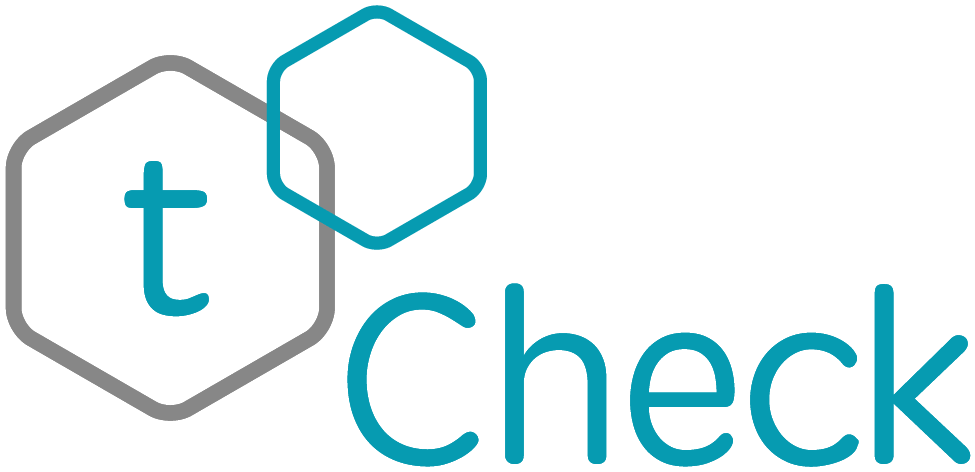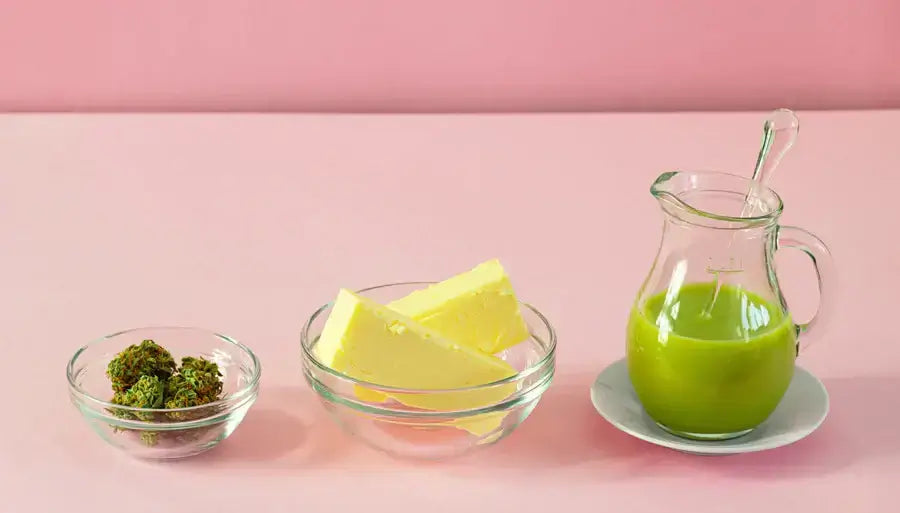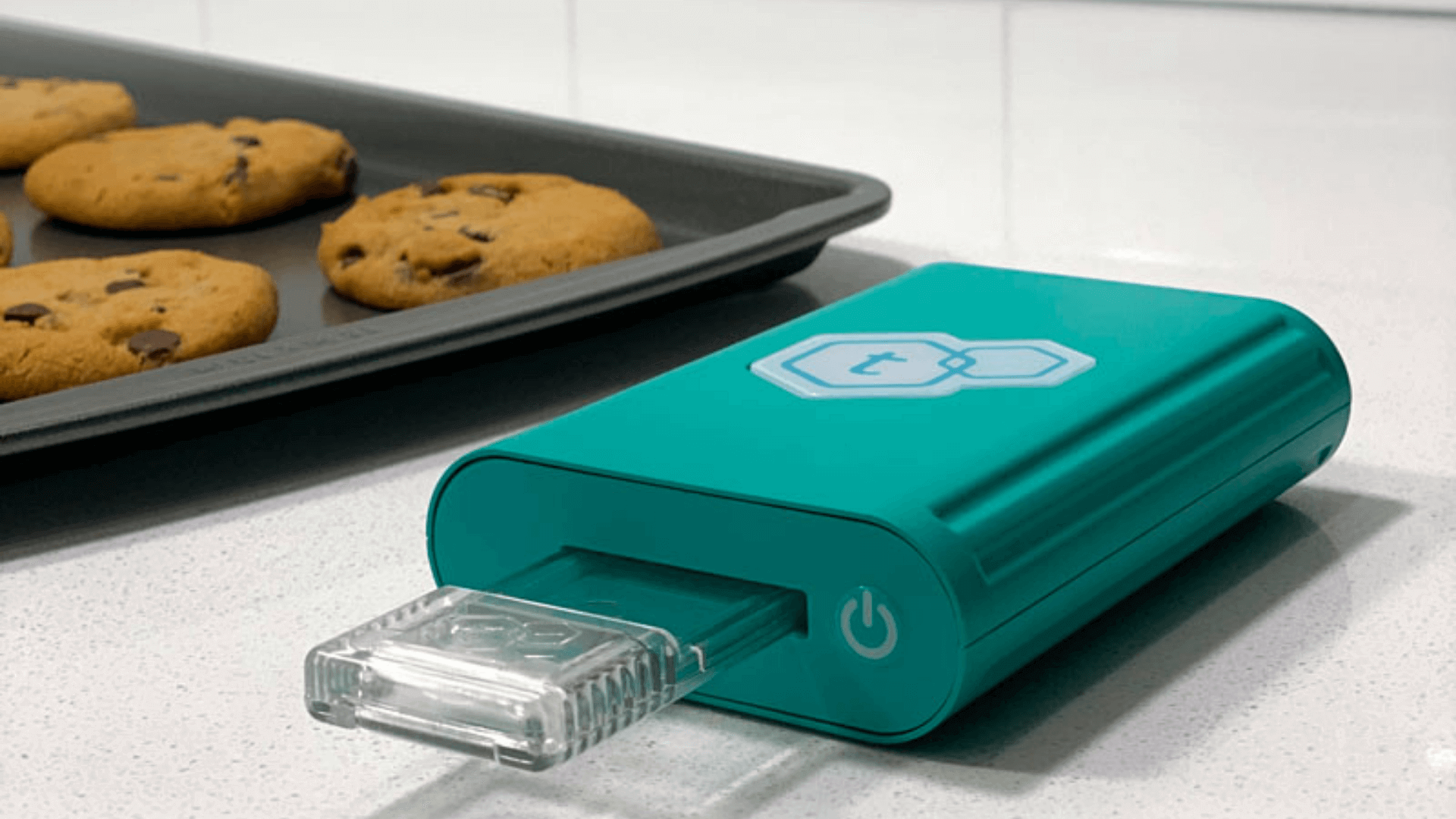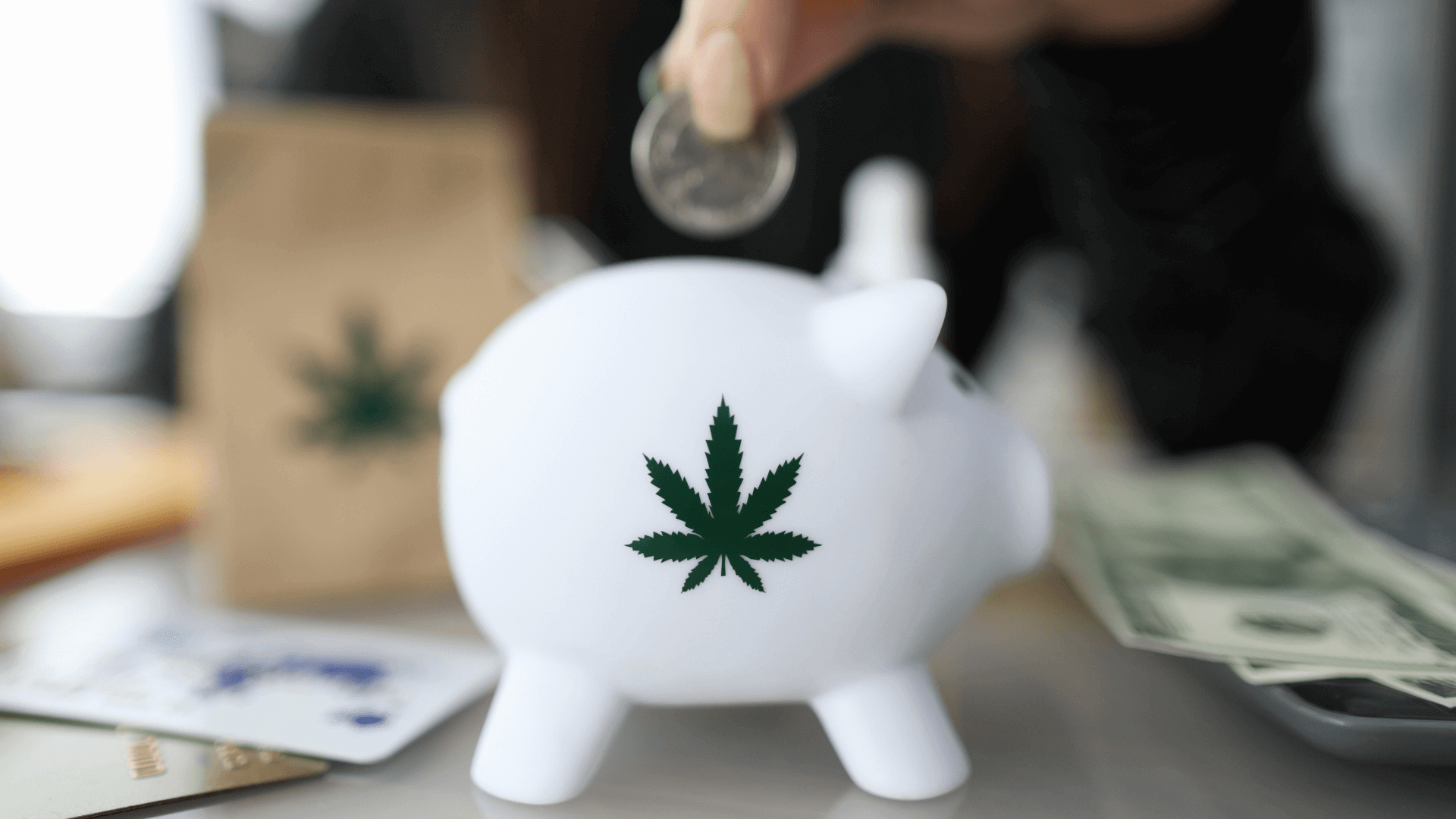Cannabutter or cannabis infused butter is one of the most useful infusions for making homemade edibles. You can add it to almost any recipe that calls for butter. But if you don’t accurately measure the potency of your cannabutter, you (and your friends) may be in for an unwelcome surprise.
While it’s nearly impossible to calculate the potency of infusions without sending them to a lab or investing in an at-home cannabis potency tester, we’ve put together some suggestions for how you can get an estimate of the strength of your cannabutter.
How to Properly Measure the Potency of Cannabutter
Determine Your Tolerance
 One of the best ways to determine your tolerance is to start with store-bought edibles. This step is especially critical for people who are new to consuming cannabis in food and beverages. The edibles you use as a gauge should be lab-tested, and the package should indicate how many milligrams of THC or CBD in each serving.
One of the best ways to determine your tolerance is to start with store-bought edibles. This step is especially critical for people who are new to consuming cannabis in food and beverages. The edibles you use as a gauge should be lab-tested, and the package should indicate how many milligrams of THC or CBD in each serving.You may need to repeat this experiment a few times before you arrive at your ideal dosage. If your initial trial was overwhelming, reduce your intake next time. Conversely, begin with five or ten more milligrams if you found the effects too weak. Your mileage may vary depending on how well rested you are, how much you’ve eaten and other factors.
How Strong is Your Cannabis?
Now that you have an idea of how many milligrams of THC or CBD gives you the experience you desire, you’re ready to take the first steps toward making your own cannabutter. The first thing you’ll need to determine is the potency of the cannabis you’re using.
If possible, use fresh, lab-tested cannabis with a Certificate of Analysis that states the cannabinoid levels in the flowers. If you don’t have access to lab-tested buds or are using home-grown herb, you can get a ballpark estimate by looking up the strain on a site like Leafly.
Keep in mind that these figures are only an approximation. A cannabis potency testing kit can give you a more accurate idea of how much THC or CBD is in each gram.
Calculating How Much Cannabis to Infuse into Your Butter
Unfortunately, the amount of cannabinoids in your herb is not directly proportional to the amount that will be in your finished cannabutter. An average of only 60~90% of the THC or CBD in your cannabis will end up in your final product. During the extraction process, several factors may affect the potency of your cannabutter, including:
- Decarboxylation: Thoroughly decarbing the buds will give you a more potent extraction.
- The type of butter you use: Organic, unsalted butter works best. Clarifying the butter before infusing it with cannabis will also yield better results.
- How long you cook the infusion: Cooking your cannabutter for several hours over low heat results in a stronger infusion.
- How well you stir the mixture: Stirring the butter frequently during cooking will give you a more even cannabinoid distribution.
If you’ve followed best practices, you can take an educated guess that your cannabutter is around 70-75% as potent as your original estimate. To learn more about calculating the ideal flower-to-oil ratios for your infusions, check out this recent blog post.
Pro-Tips for Making Edibles with Cannabutter
Since every individual has a different metabolism, the effects of cannabis edibles can be difficult to predict from person to person. Seasoned herb-lovers keep a few key ideas in mind when consuming cannabis edibles, such as:
- When in doubt, make them weaker. You can always eat more.
- No one has ever died from too much cannabis. There are no endocannabinoid receptors in the parts of the brain where drugs like opiates cause overdoses.
- CBD won’t provoke intense psychoactive effects. However, you may feel uncomfortable feelings, such as dizziness or excessive fatigue.
- If you are experiencing unwanted symptoms after ingesting cannabis edibles, you should keep in mind that these feelings will pass. Try to distract yourself with something amusing, drink water, and eat something. The uncomfortable feelings should pass within a couple of hours.
The Best Way to Measure the Potency of Cannabutter
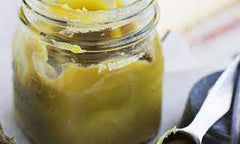 As you’ve probably already figured out, measuring the exact potency of cannabutter is impossible without testing the cannabinoid content of the final product. Sending each batch of cannabutter to a lab for testing can get expensive and defeat one of the main purposes of making your own edibles—saving money.
As you’ve probably already figured out, measuring the exact potency of cannabutter is impossible without testing the cannabinoid content of the final product. Sending each batch of cannabutter to a lab for testing can get expensive and defeat one of the main purposes of making your own edibles—saving money.Luckily, tCheck has developed an at-home cannabis potency tester you can use every time you make a batch of cannabutter. You won’t have to resort to guesswork or perform complicated calculations to dose your homemade edibles. The tCheck cannabis potency device even has an onboard recipe calculator so that you can figure out exactly how much cannabutter to add to your recipes.
Bonus Tip: 11 Ways to Use Leftover Cannabis Pulp
Homogeneity
tCheck can also test the homogeneity of your cannabutter - because there’s nothing worse than sharing a batch of uneven edibles with friends. Someone always feels cheated because their portion wasn’t as strong as they hoped, while another person has an uncomfortable experience from eating much less. With tCheck, you can test different parts of your hardened cannabutter to make sure each portion will have the same amount of THC or CBD. If the distribution of cannabinoids is uneven, you can remelt and remix your cannabutter before using it in your edibles. tCheck will be there for you even if you have to test your infusion again and again.
When left alone, cannabinoids will separate or settle to the bottom of your infused oil. If you're working with oils that are solid at room temperature (butter and coconut oil) separation is less of an issue, but MCT oil or EVOO will settle over time. If you're using the recipe calculator to blend infused and uninfused oils for a desired potency, homogenization is very important. Thankfully, tCheck makes it easy! Just take several samples from your jar and test them all. The results should be close. If not, simply stir more!
Shop our various cannabis potency testings kits, testing accessories, and more. Have questions? Our friendly customer service team will be happy to help you. Visit our FAQ page or email support@tCheck.me.
